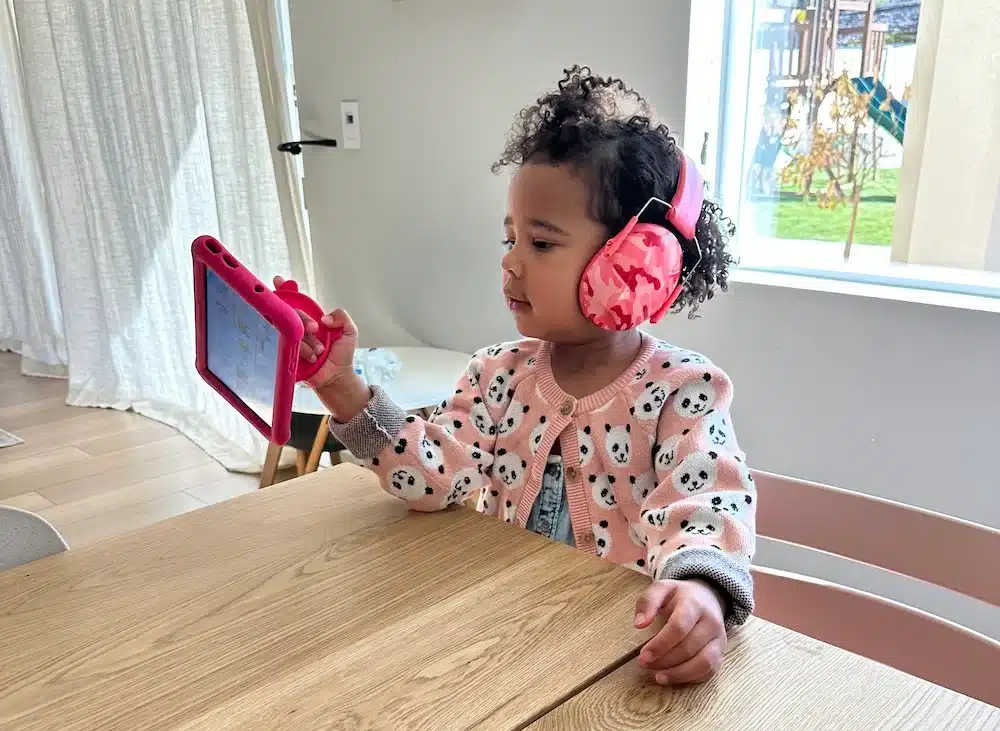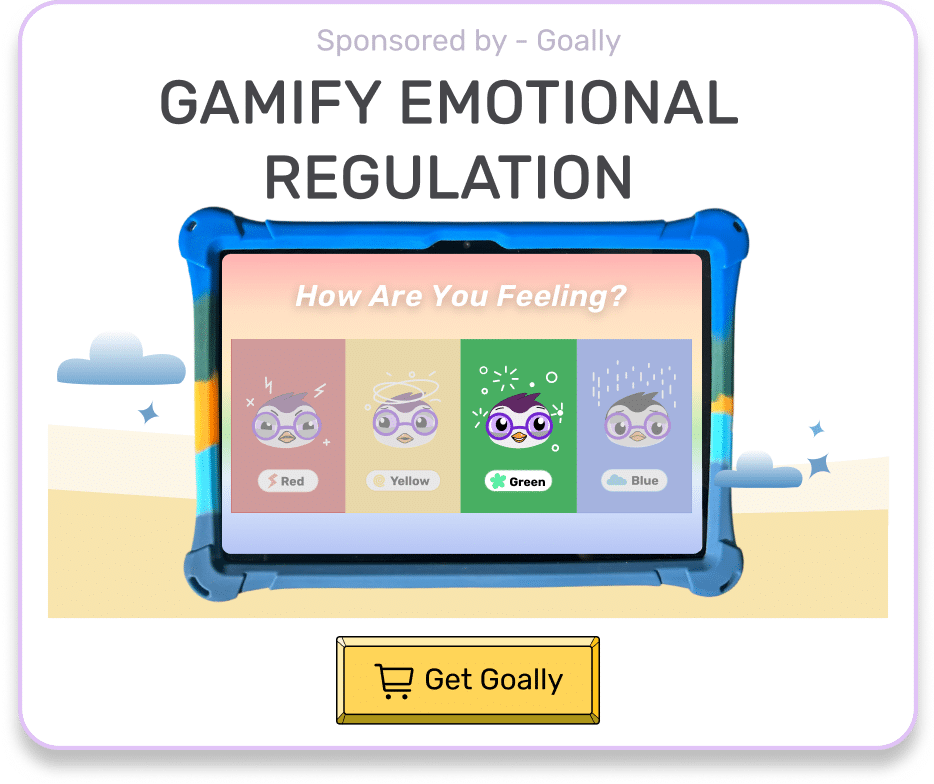Discover the signs and interventions for Sensory Processing Disorder in toddlers, enhancing your understanding and support capabilities.
Table of Contents
Key Takeaways:
- Sensory Processing Disorder affects how children perceive and respond to sensory stimuli.
- Symptoms can include extreme sensitivity or lack of response to sensory input, and difficulty with coordination.
- Early diagnosis and tailored interventions like occupational therapy can significantly improve outcomes.
What is Sensory Processing Disorder in toddlers? Sensory Processing Disorder is a condition where toddlers experience difficulties processing and acting upon information received through the senses, often resulting in noticeable behavioral and motor challenges.
What is Sensory Processing Disorder?
Sensory processing disorder (SPD) is when the brain has trouble dealing with sensory information. This makes things like getting dressed, eating, or playing hard and overwhelming. SPD can affect any of the senses: touch, smell, sound, vision, and taste. It can be stressful and anxiety-inducing for parents trying to help their child manage this condition.
The good news is there are treatments for SPD with the help of specialists and therapists. Below, we’ll talk about SPD signs and symptoms in toddlers, the causes, impact on the child and family, diagnosis process, and available treatments. We will also provide tips and resources to help you and your child.
Symptoms of Sensory Processing Disorder in Toddlers
- Hypersensitivity to Sounds, Smells, and Touch: Your child may cover their ears when they hear loud noises. Or they may avoid certain textures like sand or grass. They may also be overly sensitive to strong odors like perfumes or cleaning products.
- Hyposensitivity to Sounds, Smells, and Touch: On the other hand, your child may not respond to sounds or sensations that most people find uncomfortable. They may enjoy playing with loud toys or being tickled, for example.
- Difficulty with Motor Skills and Coordination: Your child may have trouble with fine motor skills. Things like using utensils or holding a pencil, or they may have trouble with gross motor skills like running, jumping, or climbing.
- Avoidance of Certain Activities or Textures: Your child may avoid activities that involve certain textures. Like sand or water, or they may avoid certain foods because of their texture or smell.
- Unusual Behaviors in Response to Sensory Input: Your child may have a meltdown or become aggressive in response to sensory input that they find overwhelming. They may also engage in repetitive behaviors like rocking or flapping their hands.
Causes of Sensory Processing Disorder
Take our sensory processing disorder quiz for a toddler if you think your kiddo could have it! The exact cause of SPD is unknown, but there are several factors that may contribute to its development:
- Developmental Delays: Some children with SPD may have experienced developmental delays that have affected their ability to process sensory information.
- Brain Injury or Trauma: A head injury or other traumatic experience can disrupt the normal functioning of the brain and lead to SPD.
- Genetic Factors: SPD may run in families, and there may be a genetic component to the condition.
- Environmental Factors: Exposure to certain environmental toxins or stressors during pregnancy or early childhood may increase the risk of SPD.
Impact of SPD
SPD can have a significant impact on the daily life of a child and their family. Take our sensory processing disorder quiz for a toddler if you think your kiddo could have it! Here are some of the ways it can affect them:
- Difficulty with Daily Activities: Simple activities like putting on clothes, eating, or brushing their teeth can become difficult and stressful for a child with SPD.
- Challenges in Social Interactions: SPD can make it difficult for a child to socialize and interact with others. This can lead to feelings of isolation.

Read more: What Causes Sensory Issues in Kids?
Treatment Options for SPD
If you’re noticing some signs that your child might be experiencing Sensory Processing Disorder (SPD), it’s crucial to seek the assistance of a specialist. Fortunately, there are various treatment options available for SPD. It’s important to remember that the best treatment approach for your child will depend on their specific symptoms and needs. Here are some of the most common treatment options:
- Occupational Therapy: Occupational therapy helps children with SPD improve their sensory processing skills and perform everyday activities more effectively. This may include activities like playing with textures, swinging, and climbing.
- Sensory Integration Therapy: Sensory integration therapy is a type of therapy that helps children with SPD process sensory information more effectively. It can involve activities that challenge the child’s sensory system, like jumping, crawling, and climbing.
- Speech Therapy: Some children with SPD may also benefit from speech therapy. This type of therapy can help improve communication skills, oral-motor skills, and feeding difficulties.
- Medications: In some cases, medication may help manage the symptoms of SPD. This is typically only for severe cases, and under the supervision of a doctor.
- Diet and Nutrition: A balanced diet and proper nutrition can be important for children with SPD. Talk to your pediatrician or a nutritionist to ensure your child is getting the nutrients they need to support their sensory processing.
- Adaptive Equipment: Adaptive equipment, like weighted blankets and sensory toys, can be helpful in providing the right amount of sensory input for children with SPD.
Tired of Emotional Meltdowns?
Goally’s Mood Tuner app has activities for kids with BIG emotions. Teach kids how to tune their mood with Goally. See fewer meltdowns.
The Mood Tuner app encourages kids to look inwards and identify their feelings, helping them understand what’s going on inside. Once they’ve recognized their emotions, they can choose from a 20+ activities designed to help them self-regulate and find their balance.

Taking a sensory processing disorder quiz for your toddler is a proactive step towards understanding and supporting your child’s sensory needs. While a quiz is not a substitute for a professional evaluation, it can provide valuable insights and guide you towards appropriate resources. Trust your instincts as a parent, and remember that you are your child’s best advocate. With love, patience, and the right tools, you can help your toddler navigate their unique sensory world and reach their full potential.
Helpful Resources:
FAQs about Sensory Processing Disorder Quiz Toddler
What is a sensory processing disorder quiz for toddlers?
A sensory processing disorder quiz for toddlers is a tool designed to help parents and caregivers identify potential sensory sensitivities or difficulties in children. These quizzes usually include questions about reactions to physical stimuli, such as textures, sounds, and lights.
How can I tell if my toddler needs to take a sensory processing disorder quiz?
If your toddler seems unusually bothered by everyday sensory experiences, like being distressed by clothing textures, avoiding certain foods, or reacting strongly to sounds, it might be useful to consider a sensory processing disorder quiz.
What should I do if the quiz suggests my toddler might have sensory processing issues?
If the results indicate potential sensory processing challenges, it is advisable to consult with a pediatrician or an occupational therapist who specializes in sensory integration. They can provide a thorough assessment and recommend appropriate interventions or therapies.
Are sensory processing disorder quizzes for toddlers reliable?
While these quizzes can be helpful initial screening tools, they are not diagnostic. Always follow up with a professional assessment for a reliable diagnosis and tailored advice.
Can a toddler grow out of sensory processing issues identified by a quiz?
Some toddlers may naturally develop better sensory integration as they grow, but others may need specific interventions to manage their sensory processing issues effectively. Early identification and intervention are key to helping them cope better with sensory stimuli.
This post was originally published on 02/14/2023. It was updated on 08/20/2024.
Emily is a seasoned blog writer for Goally, leveraging her extensive background in child psychology and special education to provide valuable insights and resources for parents. Her commitment to understanding and addressing the unique needs of these children, combined with her expertise in educational strategies, makes her a credible and empathetic voice for families.





